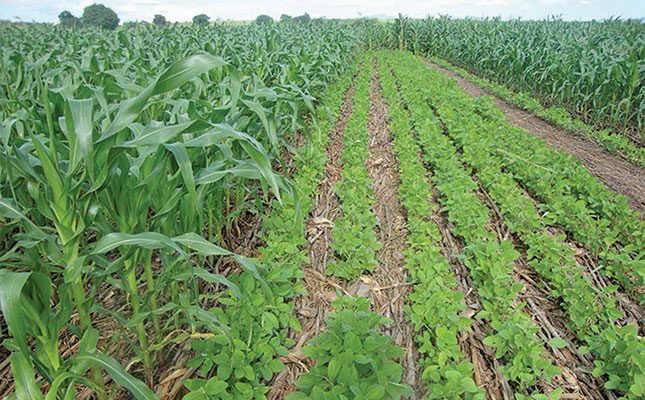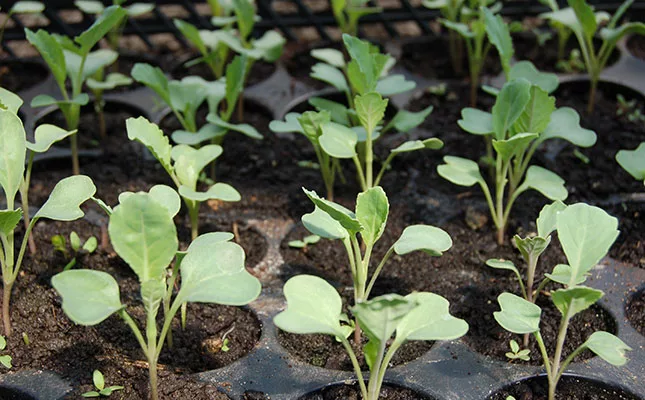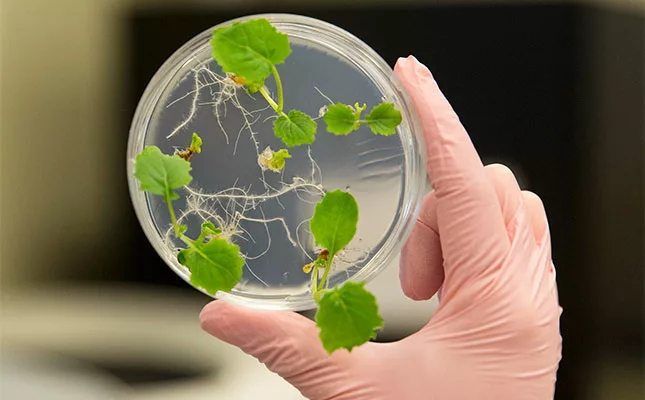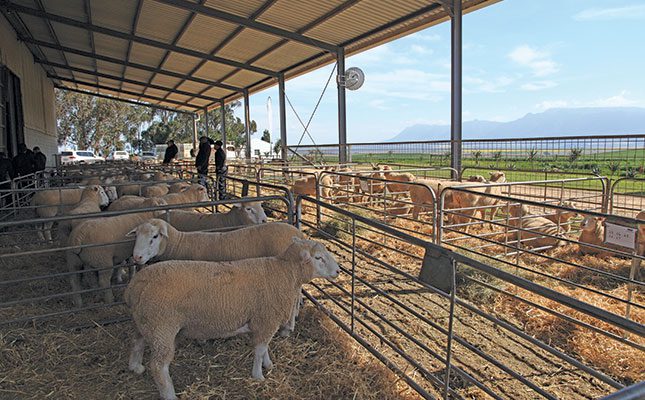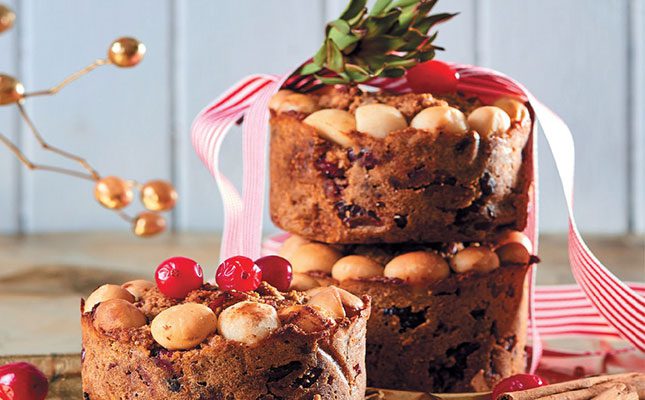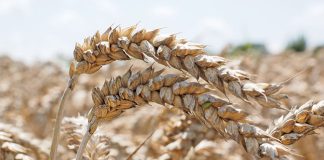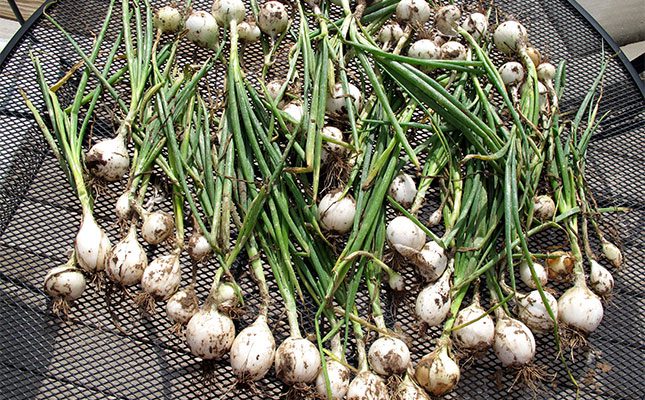
Onions are one of the most widely consumed vegetables around the world, and South Africa is no exception. There is always high demand for this vegetable, and production costs are relatively low.
When asked about a good vegetable to plant, I advise producers to consider not only demand but also factors like such as shelf life and resistance to pests and fungus. In
this regard, onions are a good choice.
Best variety
One of the best varieties to plant is the widely cultivated Texas Grano, known for its high yield, excellent storage quality/shelf life and adaptability to different climates. Texas Grano onions are characterised by their yellow skin, white flesh and sweet, mild flavour. They are also relatively resistant to diseases such as fungal infections and pests like thrips.
Planting of this variety can be undertaken in South Africa from March to May, or from August to October, depending on the region and climate. There are two main methods of planting onions: direct seeding and transplanting.
Direct seeding involves sowing onion seeds directly into the soil – do not cover too deeply with soil and lightly press the seeds into moist rather than waterlogged soil. Plant seeds about 2cm deep, 10cm to 15cm apart, and create rows about 25cm apart.
This method is more cost effective and allows for more precise spacing. However, it can be more challenging to control weeds and may result in lower yields.
Transplanting involves sowing onion seeds in a nursery or seed tray and then transplanting the seedlings into a field. This method allows for better weed control, improved soil preparation and higher yields. However, it can be more labour intensive and expensive.
Onions are ravenous feeders and require adequate fertilisation to produce high yields or sizeable and attractive bulbs. A balanced fertiliser with a ratio of 2:3:4 (NPK) is recommended. Onions also benefit from additional potassium (K) to promote decent bulb formation.
Generally, fertiliser should be applied twice during the life of the plant: first at planting and then 30 days after planting.
Growth period
Onions have a relatively long growth period, typically taking 120 to 150 days to mature.
The growth period can be divided into three stages:
1. Germination and seedling establishment: one to two weeks;
2. Bulb formation and growth: eight to 10 weeks; and
3. Maturation and drying: four to six weeks.
Soil preparation is an important consideration, and onions prefer well-drained, fertile soils with a pH of between 6 and 7. You can add compost or manure to improve soil fertility and structure.
Onions require consistent moisture, especially during the bulb formation stage. Irrigate regularly, but avoid overwatering, which can lead to fungal diseases.
Regularly monitor the crop for pests like thrips, aphids, and mites. Use integrated pest management strategies, including cultural, chemical, and biological controls.
I have used chilli and garlic spray to good effect. It’s quite easy to make by crushing a half-handful each of chillies and garlic, infusing them in about 2ℓ of clean water overnight, and then straining the mixture.
Harvesting
Harvesting can occur when the onion tops begin to yellow and fall over. Use a garden fork to carefully loosen the soil around the bulbs, then lift them out of the ground.
Some producers leave the onions on the beds for a day or two to lose excess moisture before drying them in a well-ventilated area to further reduce moisture content and improve storage quality.
Spread the onions out in a warm (about 25°C), dry and well-ventilated area (such as a garage or shed) and leave them for about two weeks or so. The tops and necks will become dry and the outer bulb scales will become clearly dehydrated and they’ll ‘rustle’.
When onions have been properly ‘cured’ in this way, you can store them in a cool, dark, and dry place with good air circulation for several months.To ensure even drying, make racks from chicken mesh or shade cloth and layer the onions on them, ensuring they aren’t touching each other.
In a room or space without much airflow, you can introduce a fan to allow for better ventilation, and in very moist regions, it’s prudent to have wall vents or windows to allow moisture to escape.
Shane Brody is involved in an outreach programme aimed at transferring skills
to communal farmers.


